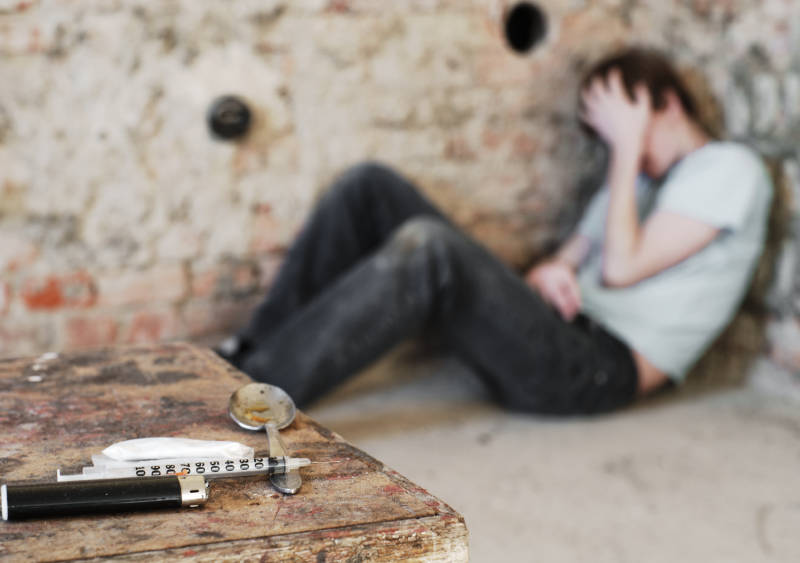Medically supervised drug injecting centres not only save lives, they also save money
It was an experiment when the NSW government bowed to community pressure and permitted a medically supervised drug-injection clinic to open in Sydney’s Kings Cross in 2001.
As the first such clinic in the English-speaking world, followed two years later by one in Canada, it helped lead the way in establishing an evidence base for harm-minimisation programs around the globe.
“It put (illicit drug use) fairly and squarely in the health domain, making it absolutely clear that this was a professional health service whose primary role was to reduce overdose deaths,” Dr Marianne Jauncey, medical director of the Kings Cross centre, told The Medical Republic.
The politically risky move came after an explosion of accidental heroin deaths across Australia, mostly concentrated in and around the Kings Cross district.
“There were more heroin deaths than there were people dying on the roads in this country,” Dr Jauncey said. “We were really in the thick of it. Multiple ambulances were being called out every single day. It was an epidemic.”
Sixteen years later, a similar grim scenario has led the Victorian government finally to approve a similar trial for the Melbourne heroin hotspot of North Richmond.
“This is something the local community has been advocating for 25 years,” Jessie Richardson, spokesperson for the North Richmond Community Health Centre, said.
Despite a heroin shortage in much of Australia since 2000, the supply has never disappeared from North Richmond. Then, around 2015, overdoses in the vicinity of the health centre jumped from 11 or 12 a year to 50.
“That’s just in the immediate perimeter of our clinic or in the carpark. This year, it is one or two (overdoses) per week.”
When an overdose is reported, GPs and nurses at the North Richmond centre are alerted by a Code Blue on the loudspeaker. “[Staff] rush out in the middle of appointments to administer oxygen and Naloxone.”
The trial program, announced by the initially reluctant Victorian Premier Daniel Andrews, cannot come quickly enough. There were 34 deaths in that neighbourhood last year.
“It will be at least seven or eight months … and we know our staff will continue to see deaths in the community in that time, even as it’s going forward,” Ms Richardson said.
In Melbourne, as in Sydney, the injecting room model has been backed by local residents and businesses, supported by organisations including the AMA, the college of physicians and the RACGP.
“When a community is in the thick of a concentrated epidemic of public drug use and drug overdose deaths, it takes a toll,” Dr Jauncey said. “What we saw in Kings Cross was that the community said enough is enough. We want a different outcome. We have to be prepared to do something different.”
In its 16 years, the Sydney centre has seen 7428 overdoses, but not a single death, from more than one million injections. At present, about 155 drug users visit every day. Polls show local support remains strong.
The clinic has made more than 13,000 referrals to health services for medical issues, such as uncontrolled epilepsy, schizophrenia, depression, PTSD and hepatitis C. It also helps with accommodation and drug-treatment programs.
“It is our treatment services that help people get off drugs,” Dr Jauncey said.
Dr Alex Wodak, president of the Australian Drug Law Reform Foundation, said the Sydney clinic, which costs $3 million a year to run, and the one established in Vancouver, Canada, in 2003, had more than paid for themselves.
“We know there are clear benefits in terms of reductions in deaths and non-fatal overdoses.
“Allied to that there are also huge financial savings on ambulance call-outs and hospital emergency departments.
“So why is (Melbourne) a trial and why did it take 16 years?”
Europeans had embraced the model as a sort of “on ramp” to rehabilitation for drug users, he said, with Germany counting some 30 centres and the Netherlands with 20.
In Canada, which is in the teeth of an opioid epidemic, 15 injecting centres had been accepted in the past six months, with an equal number awaiting approval, Dr Jauncey said.


